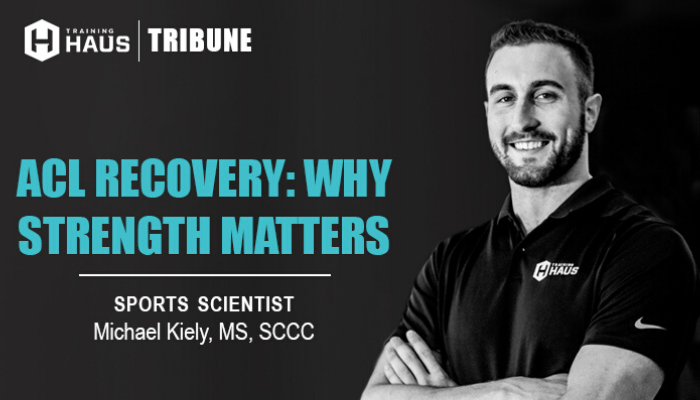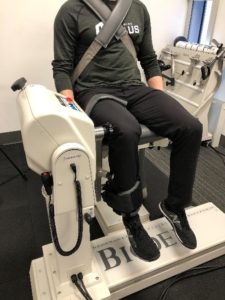
ACL RECOVERY: WHY STRENGTH MATTERS
Measuring Strength During Recovery
Strength training is more than just back squatting and bench pressing. Strength is often measured by how much weight can be lifted, but at the Training HAUS, we focus more on strength as a measure of how efficiently the body develops tension during a variety of movements.
An athlete encounters a number of hard starts and stops during competition that require the body to deal with a variety of forces. The best athletes can generate a lot of tension quickly. Training systemic strength allows an athlete to develop tension to deal with those forces effectively and safely.
Following an injury, strength can be affected. It is important to focus on strengthening during recovery and consistently measuring strength gains to ensure joints can handle the demands of sports.
In the sports science lab, quadriceps strength is measured in all athletes recovering from knee injuries utilizing an isometric/isokinetic dynamometer seen below.
We care about this specific measurement because quadriceps strength asymmetry has been shown to be associated with re-injury after returning to sport following ACL rehabilitation2. In addition, quadriceps strength is associated with asymmetrical knee mechanics during single leg movements3. It is critical to ensure strength is at appropriate levels when returning to sport because if muscles cannot handle the forces of landing and cutting (1.3 to 2.2 times bodyweight1), the body potentially may rely on passive structures like bones and ligaments to support itself. Being strong gives our body the resiliency to safely maneuver through sport.

This test is not what we call sport specific, but rather joint specific. This measurement gives specific insight into how the quadriceps muscles are recovering/improving their ability to produce force/create tension across the knee.
Because of these research findings, it is important to spend a substantial amount of time during therapy/recovery focusing on developing muscular strength. This is one metric that helps HAUS sports scientists navigate the complexity of assessing risk for re-injury.
Take Home
Strength is one piece of the puzzle for returning to sport. Building strength takes time. Building strength is hard work. Muscle development requires a balanced, calculated combination of resistance training, nutrition and rest.
Starting as early as 3 months post-surgery, following TRAC-ACL test #1 (our return to sport testing program), Training HAUS athletic trainers and sports performance coaches collaborate with the sports science and physical therapy teams to develop an individualized strength building program based on the data collected in the lab.
This consistent system of assessing strength, planning and executing helps to ensure an athlete returns to sport confidently and with as minimal risk as possible.
– Michael Kiely, MS, SCCC | Sports Scientist
References
- Cowley, Hanni R et al. “Differences in neuromuscular strategies between landing and cutting tasks in female basketball and soccer athletes.” Journal of athletic training 41,1 (2006): 67-73.
- Grindem H, Snyder-Mackler L, Moksnes H, Engebretsen L, Risberg MA. Simple decision rules can reduce reinjury risk by 84% after ACL reconstruction: The Delaware-Oslo ACL cohort study. Br J Sports Med. 2016;50(13):804-808.
- Palmieri-Smith RM, Lepley LK. Quadriceps Strength Asymmetry After Anterior Cruciate Ligament Reconstruction Alters Knee Joint Biomechanics and Functional Performance at Time of Return to Activity. The American Journal of Sports Medicine. 2015 Jul;43(7):1662-1669.

